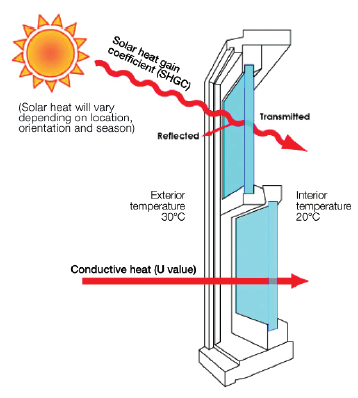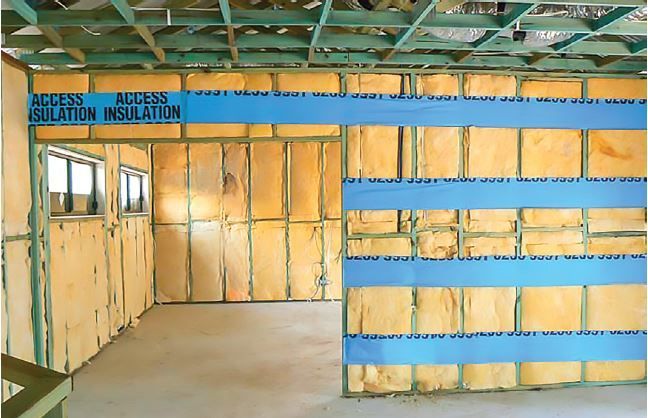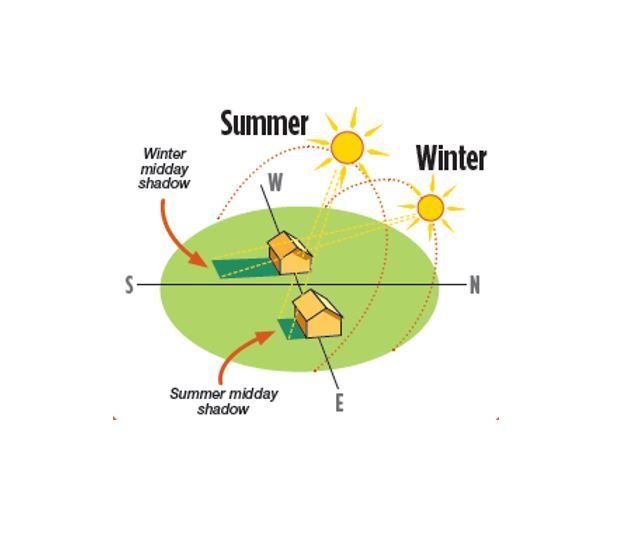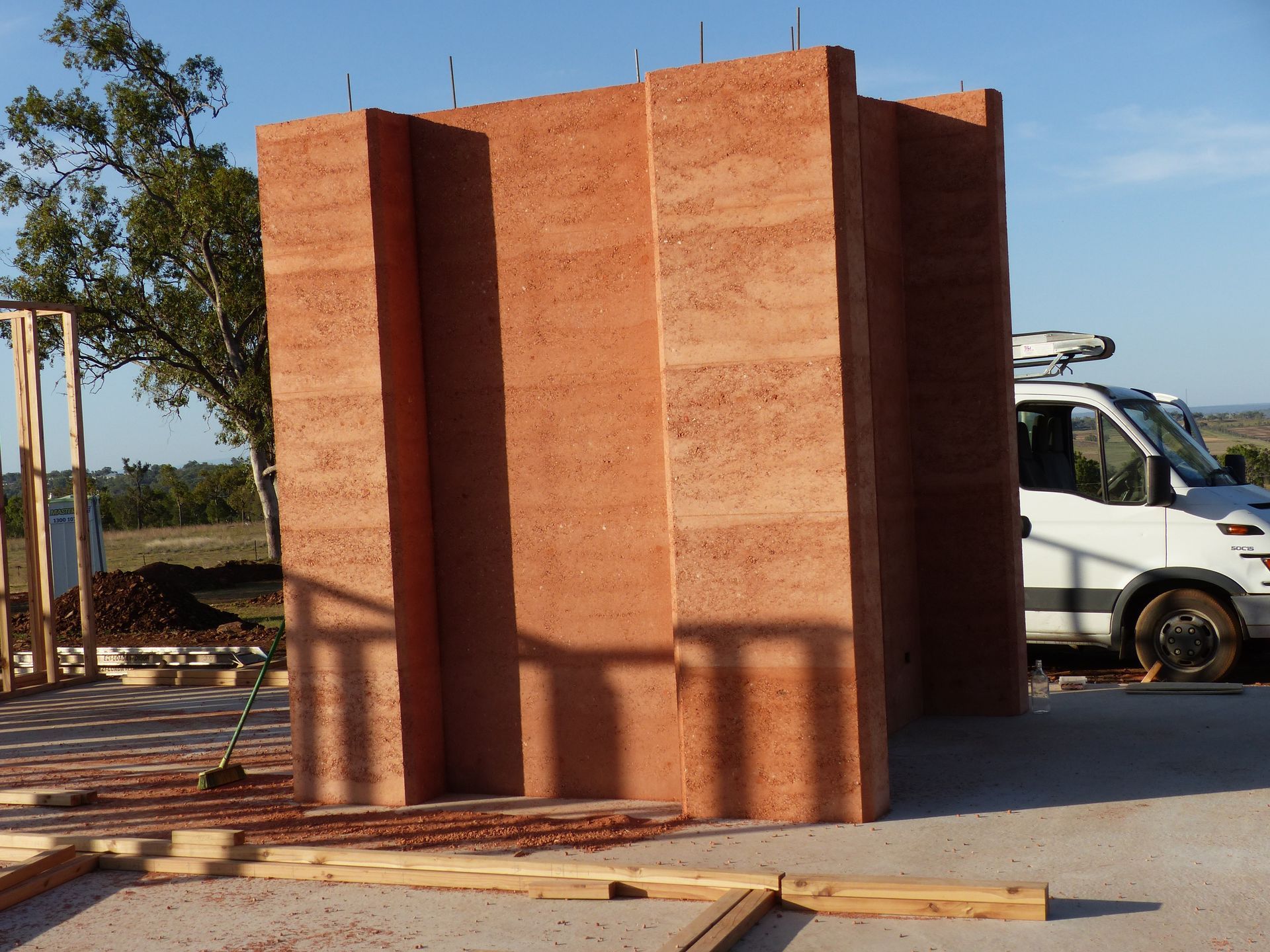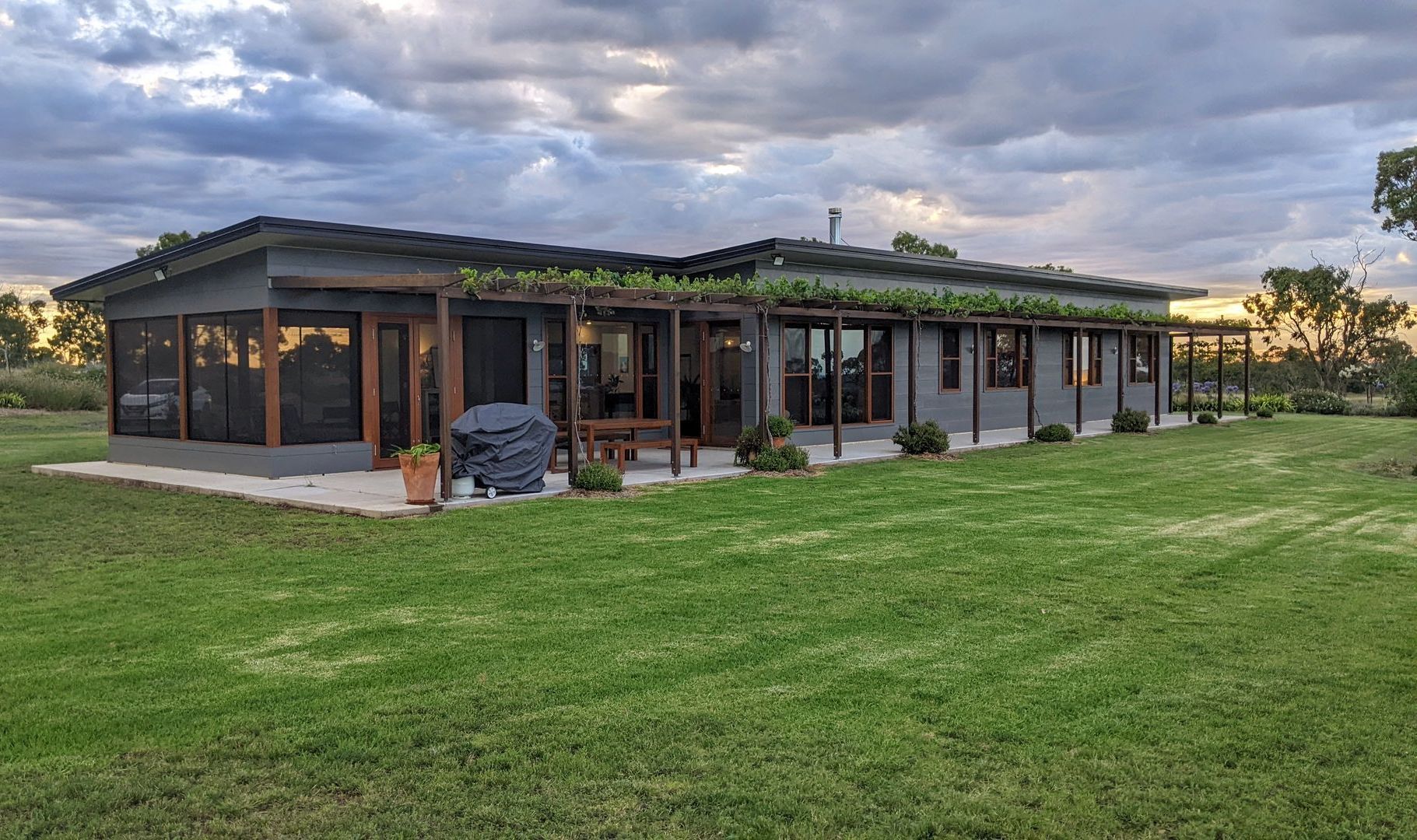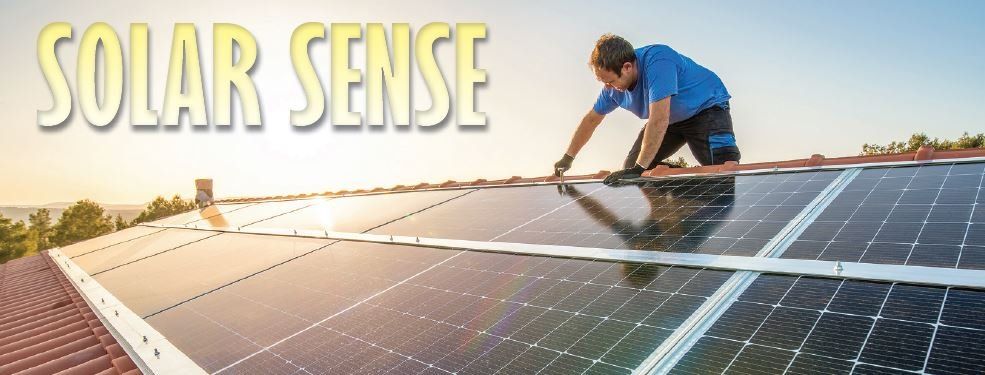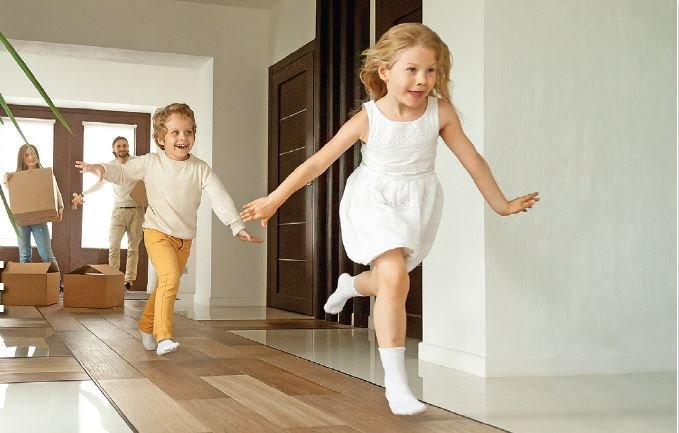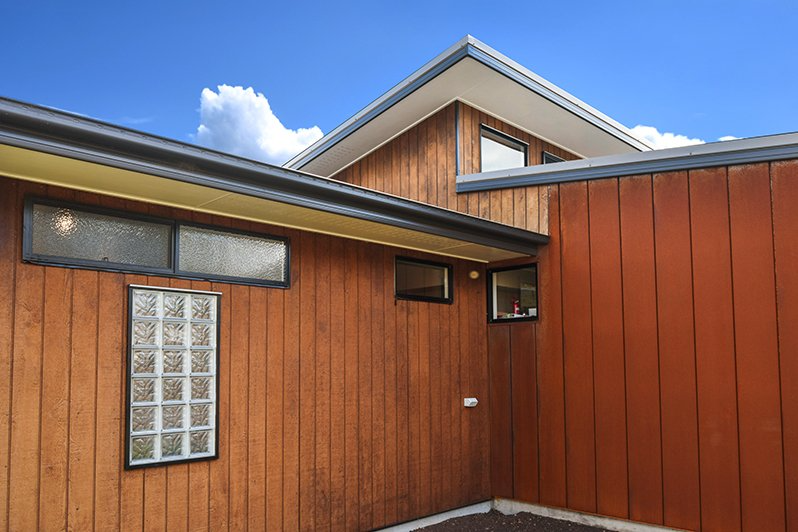Designing for Climate
Following on from the overview of the basic processes that make up Sustainable Passive Home Design – I would like to discuss the different Climate Zones that we need to design for locally.
Australia has eight climate zones, and 69 regional subzones – all defined by the National Construction Code (NCC). We will just discuss the main eight climate zones.
Each of these climate zones requires different design and construction strategies to capitalise on sustainable efficiencies. Your local climate will dictate your heating and cooling needs and this the most effective and cost-efficient design approaches.
Some climates need mainly passive heating, some need passive cooling, and most need a combination of both. In our local region we have three distinct climate zones. The Toowoomba region is in Climate Zone 5 (warm temperate) the Lockyer region is in Climate Zone 2 (warm humid summer, mild winter) and out of the Downs, it is Climate Zone 3 (hot dry summer, warm winter), so if you want to minimise your ongoing running expenses, we need to design with different priorities in mind to suit these diverse climates.
The main design objectives for Climate Zone 5 (Toowoomba region) are to reduce the need for cooling in the summer and a priority for heating in the winter. This zone offers good cost-effective opportunities to achieve energy-efficient outcomes.
The main objective for Climate Zone 2 (Lockyer Valley) is to reduce the need for cooling in the summer, in a humid climate. The main design objective in Climate Zone 3 (Western Downs) is to reduce the need for cooling in the summer. This is relatively straightforward and cost effective because the zone has low humidity and high day-night temperature changes.
These zones are very diverse in climate, but several aspects of home design will not change in these three distinctive zones. Basically, it is to meet (to preferably exceed) the recommended insulation in the ceilings and the walls. The recommendation is for use of low U value glazing and the use of low SHGC glazing. Avoid the overuse of glazing, provide ceiling fans in all living and sleeping areas and reduce the air infiltration in our home.
For long-term cost saving after you’ve built, ‘design for climate’ requires the use of passive design principles, along with energy-efficient heating and cooling systems, and, most importantly, energy-efficient behaviour by the occupants.
Next month we will select one of these climate zones and go into depth about the design alternatives available to make your home comfortable all year.
If you would like to know more, simple arrange a time to visit our
Design Centre.
